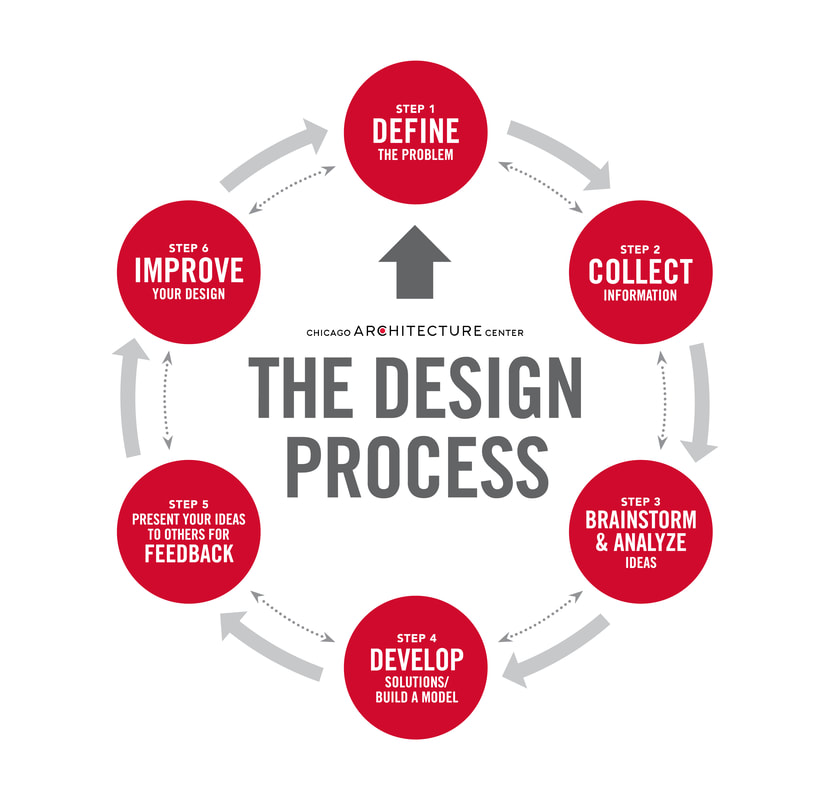- 9 Rules For Digital Citizenship by TeachThought Staff Are there ‘rules' for digital citizenship? And how are the unique from non-digital, ‘local' citizenship? These are the questions the fine folks at ISTE tackled in the follow infographic that seeks to clarify ‘norms' for citizenship in the digital age. We've offered a definition for digital citizenship in the past,.
- The virtual representation of self requires understanding of personal responsibility for digital citizenship and information literacy. Both presentation of self and evaluation of content in all formats are new challenges for learners of all ages, including the youngest students born into an age of networked sharing and connecting.

By Jenny Windom, Rubicon International
Digital Citizenship, Digital Citizenship and Nettiquette, Iowa K-12 E-Curriculum, iowa-k-12-e-curriculum Log in to add tags to this item. License: Creative Commons.
In this first part of our two-part series about digital citizenship, we define digital citizenship and examine how teaching media literacy can go a long way in helping students be safe and engaged digital participants.
Developing media and social literacy in our students will prepare them to be responsible participants and citizens in the digital world.
What is Digital Citizenship?Entire books and websites have been dedicated to this topic, and we'll only be scratching the surface. Check out some additional resources at the end of this post!
Digital citizenship refers to the norms of responsible and appropriate behavior in regards to technology use. This can include developing technical prowess to adjust privacy settings in a variety of applications or honing 'soft' skills like recognizing online social cues and interacting safely with others online.
Consider the age and level of your students when deciding online topics to address. Younger students don't need to know how photos are geo-cached, but they should know to not share passwords and personal information.

Digital citizenship encompasses far more than 'netiquette'. The standards of conduct when crediting someone or displaying copyright, the awareness of technological access (or lack thereof), and the ability to reflect on technology's effects on physical and psychological health—among many other topics—are also facets of digital citizenship. Continue to research beyond this post to discover different avenues to take while teaching students digital citizenship!
(Digital) Media Literacy
By Jenny Windom, Rubicon International
Digital Citizenship, Digital Citizenship and Nettiquette, Iowa K-12 E-Curriculum, iowa-k-12-e-curriculum Log in to add tags to this item. License: Creative Commons.
In this first part of our two-part series about digital citizenship, we define digital citizenship and examine how teaching media literacy can go a long way in helping students be safe and engaged digital participants.
Developing media and social literacy in our students will prepare them to be responsible participants and citizens in the digital world.
What is Digital Citizenship?Entire books and websites have been dedicated to this topic, and we'll only be scratching the surface. Check out some additional resources at the end of this post!
Digital citizenship refers to the norms of responsible and appropriate behavior in regards to technology use. This can include developing technical prowess to adjust privacy settings in a variety of applications or honing 'soft' skills like recognizing online social cues and interacting safely with others online.
Consider the age and level of your students when deciding online topics to address. Younger students don't need to know how photos are geo-cached, but they should know to not share passwords and personal information.
Digital citizenship encompasses far more than 'netiquette'. The standards of conduct when crediting someone or displaying copyright, the awareness of technological access (or lack thereof), and the ability to reflect on technology's effects on physical and psychological health—among many other topics—are also facets of digital citizenship. Continue to research beyond this post to discover different avenues to take while teaching students digital citizenship!
(Digital) Media LiteracyDigital Citizenship Hand Inmr. Mac's Virtual Existence -
Media literacy is the ability to engage in, think critically about, and create media. Media can take the form of magazines, television, movies, books, games…and, yes, the internet. In addition to understanding how media shapes our perception of the world, students who have a solid foundation in media literacy can read between the lines with information they're presented and identify how they can generate their own messages and responses to what they see.
Digital Citizenship Hand Inmr. Mac's Virtual Existence Date
From a media literacy standpoint, there are a lot of topics students—and teachers—should consider. As they draw information from the web, students should understand Creative Commons and the role of copyright. Students should also comprehend that a wealth of identifying information can be drawn from the images and words they post. And, when sharing, students need to recognize whether information is appropriate or not. These topics—and more—are all components of digital media literacy. Digital media literacy explores how to engage with, think critically about, and successfully navigate digital media in addition to the other media we already utilize.
Digital Citizenship Hand Inmr. Mac's Virtual Existence Key
Questions to ConsiderDigital Citizenship Hand Inmr. Mac's Virtual Existence Pdf
- What are the various components of digital citizenship?
- Do students know best practices for creating strong, varied passwords?
- What is a digital footprint and why should students consider it when they post online?
- Can students search and filter through content online, determining whether or not sources will reliably help resolve their questions?
- What is fair use and copyright? How can students use copyrighted information appropriately?
- Can students identify types of bias and provide examples of them? Can they interpret how bias affects the messages present in media?
- Do students know how to utilize technology in a visually engaging manner that maximizes the potential of their tools? Or, are they sticking with the same old techniques?
Do you have additional ideas to help critically engage students with digital media? Additional resources you've found helpful in the classroom that you'd like to share? Send a tweet @RubiconAtlas or find us on Facebook!
